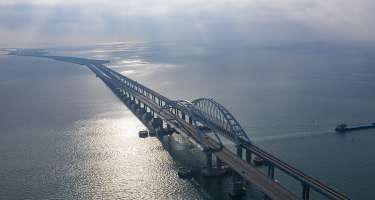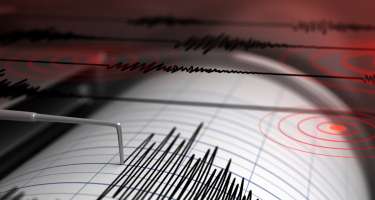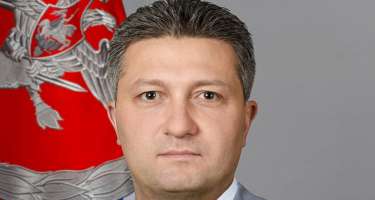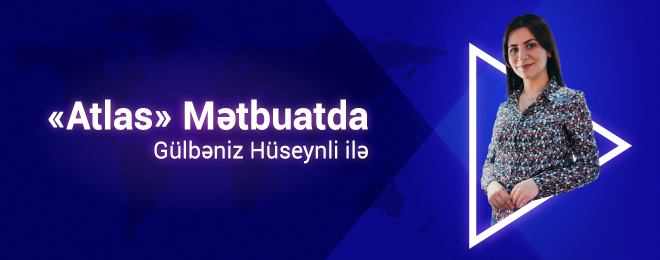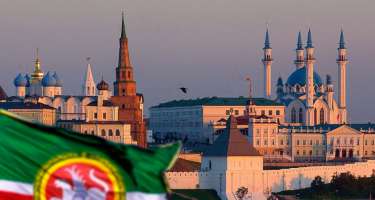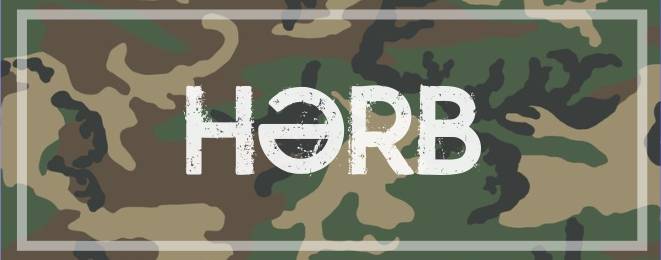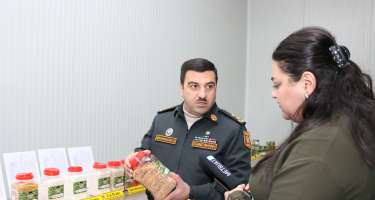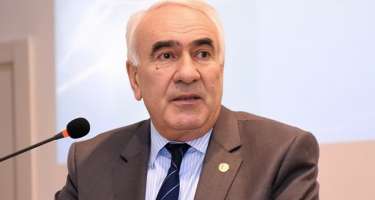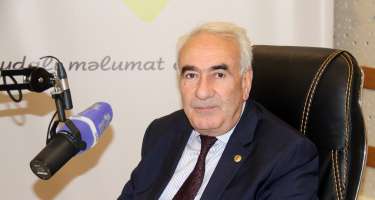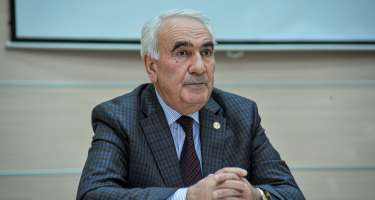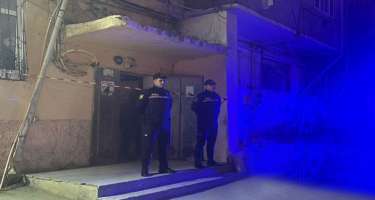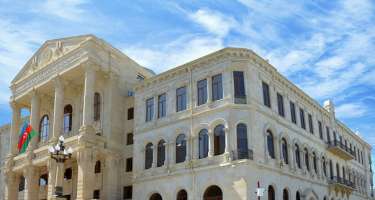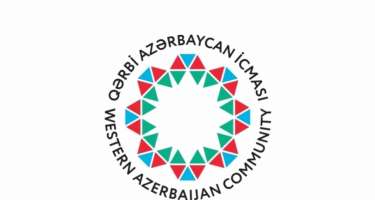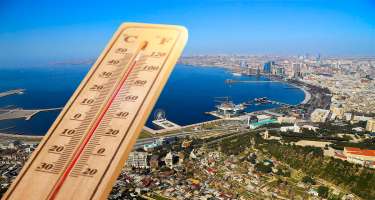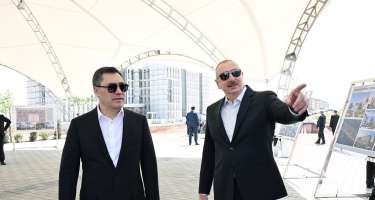Baku, Azerbaijan, Jan. 7
By Dalga Khatinoglu – Trend:
After a meeting with Danish foreign minister, Iran said that Maersk Group, which is cooperating with Qatar in North Dome, is interested to be involved in Iran's Caspian projects.
Oil Minister Bijan Namdar Zanganeh told reporters Jan. 5 that Maersk wants to develop Iran’s deepwater hydrocarbon reserves in the Caspian Sea.
Denmark’s Maersk Group told Trend on Jan. 5 that it confirms energy-related negotiations with Iran, adding that “nothing has been agreed and we cannot share further details”.
Zanganeh said in the sidelines of a meeting with visiting Danish Foreign Minister Kristian Jensen that Tehran is holding talks with Maersk Oil for developing Iran’s oil fields.
While responding to a reporter’s question about the oil fields in development of which the Danish firms will participate, Zanganeh said they are interested to cooperate on Caspian fields, meanwhile Iran wants the cooperation to focus on development of South Pars gas field’s oil layer.
South Pars (called North Dome in Qatar) is the world’s biggest gas field with 30 trillion cubic meters of gas reserves, joint between Iran and Qatar, was divided to 24 phases on Iranian side. Iran is currently seeking a foreign partner to develop the oil layer of this giant gas field.

The field is divided to four sections – A1, A2, B and C. Estimated oil production for all of them is 65,000 barrels per day. Drillings have been completed and production is waiting for a floating storage and offloading vessel (FPSO).
Maersk has experience in building FPSOs. It has in recent years invested in two new world-class modern technology FPSOs of which the first unit was delivered in 2008 and is operating offshore Australia. The other unit was delivered in 2010 aiming for its long term contract offshore Brazil. The remaining part of the fleet operates in the North Sea and off the West Coast of Africa
Caspian Sea
Coming to Caspian Sea, Iran has several projects to offer to Maersk, but not as much priority as South Pars.
On the other hand, Maersk has experience in Caspian Sea in drilling sector. The company has delivered a highly efficient deepwater semi-submersible drilling rig in Azerbaijan – the first drilling rig in the Caspian Sea for Maersk Contractors. The rig was named ‘LIDER’ at a ceremony in Baku on July 24, 2003.
The ‘LIDER’ is the largest and most powerful drilling rig in the Caspian Sea capable of drilling in water depths from 75 to 1,000 meters, which enables the rig to operate in approximately 40 percent of the Caspian Sea.
In November, Iran introduced newly designed oil and gas contract, called the Iran Petroleum Contract (IPC), offering 50 fields for foreigners to participate in them.
Iran has offered four projects in the Caspian Sea, blocks 24, 26 and 29, as well as the Sardar-e Jangal oil field to foreigners for exploration and development.
Iran has divided its exploration area in the Caspian Sea to 46 blocks of which eight have priority. Iran has previously carried out 3D seismic operations in 4,000 square kilometers of the Caspian Sea at blocks 6, 7, 8 and 21 from 2003 to 2005.
Iran also announced in 2012 that while drilling a 1,000-metre well below the surface of the Caspian Sea by the Amir Kabir drilling rig, the country found a gas field at the depth of 700 kilometers. A year later, Tehran announced the field (Sardar-e Jangal) was in fact an oil field with a gas layer.
Below are the technical details of the above mentioned fields:
Sardar-e Jangal
This field is located at block 6 with dimensions of 24 x 6 kilometers in 750 meters water depth. Iran has drilled two exploration wells and reportedly the field holds two billion barrels of crude oil, with an API of 39.
Blocks 24, 26, and 29
Block 24 is located 130 kilometers north of the Nowshahr port and has a depth of 600-800 meters and a 200-square-kilometer area.
Block 26 is situated 100 kilometers north-east of the Anzali port and has a depth of 850-900 meters and a 384-square-kilometre area.
Block 29 is also located 135 km north of the Nowshahr port and has a depth of 800 meters and an area of 1028 square kilometers.
Dalga Khatinoglu is an expert on Iran's energy sector and head of Trend Agency's Iran news service
Stay up to date with latest Iran news on our specialized Facebook page
Follow us on Twitter @TRENDNewsAgency


